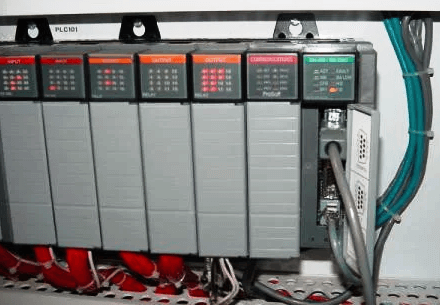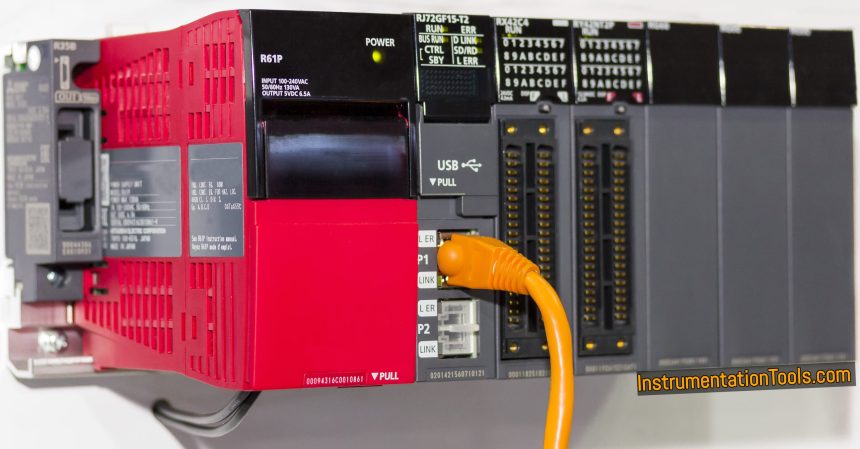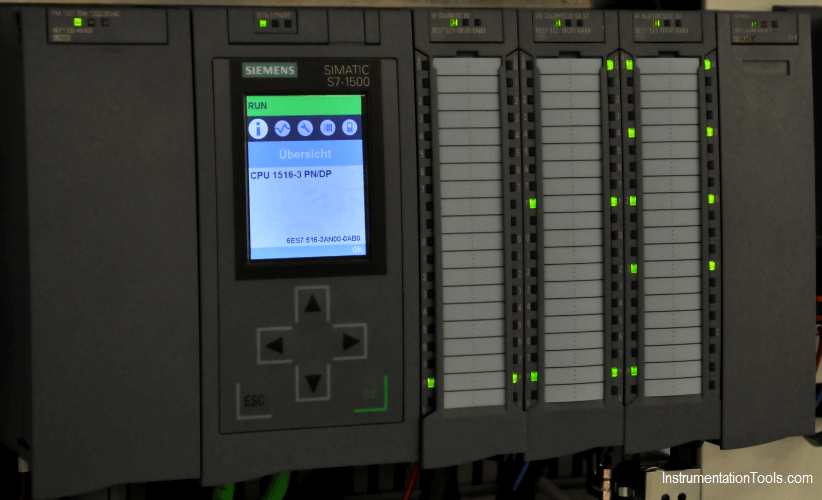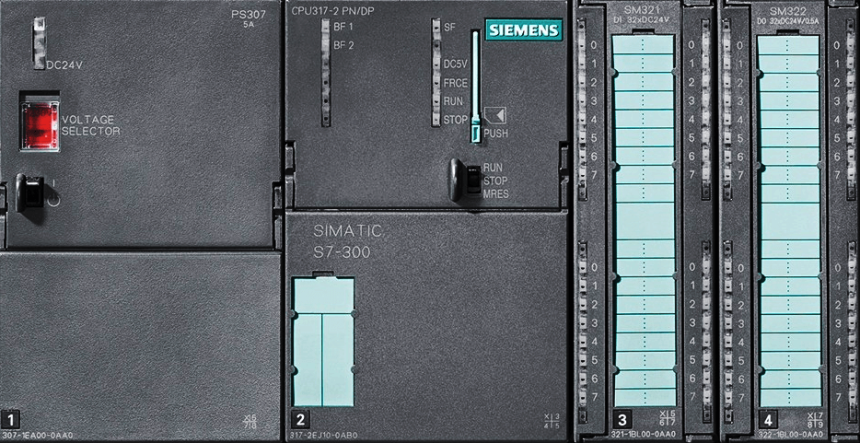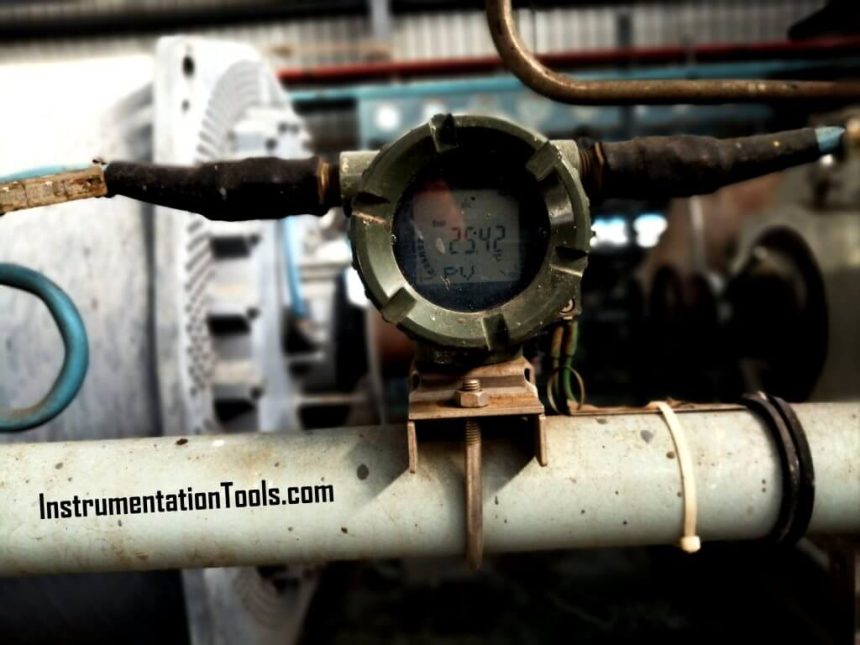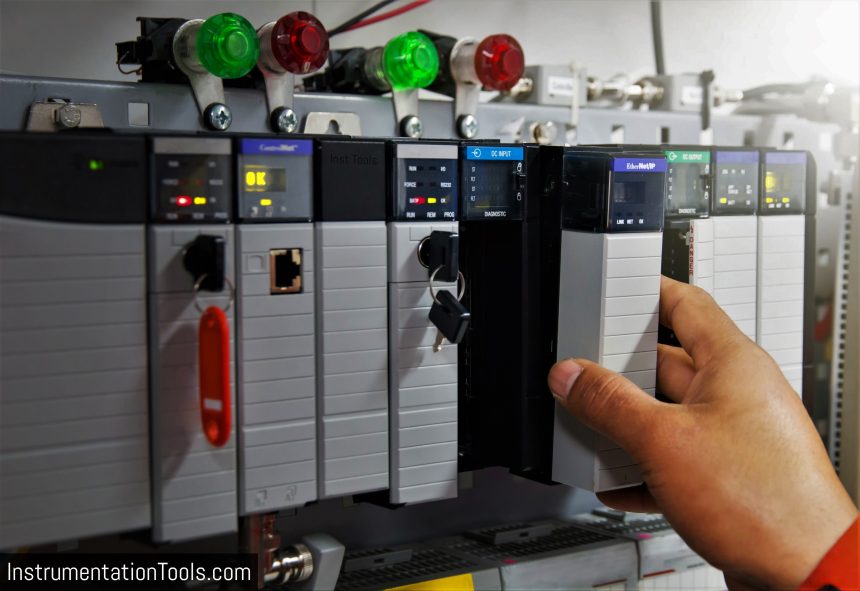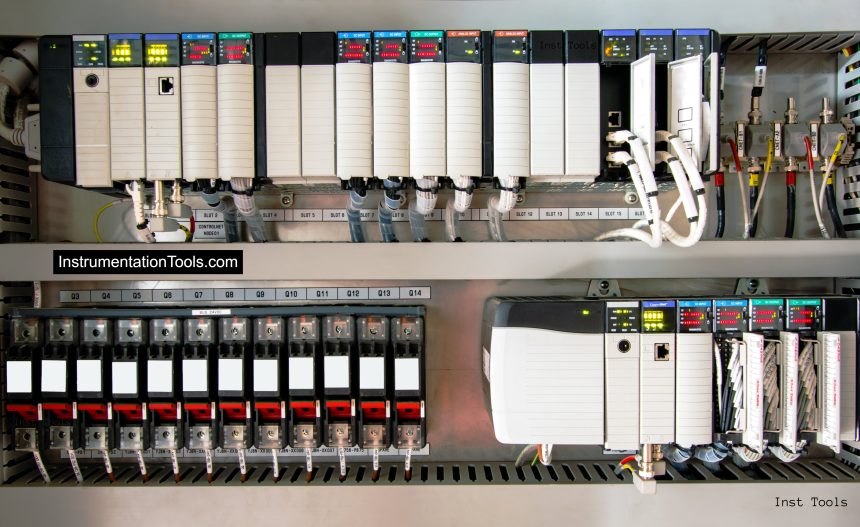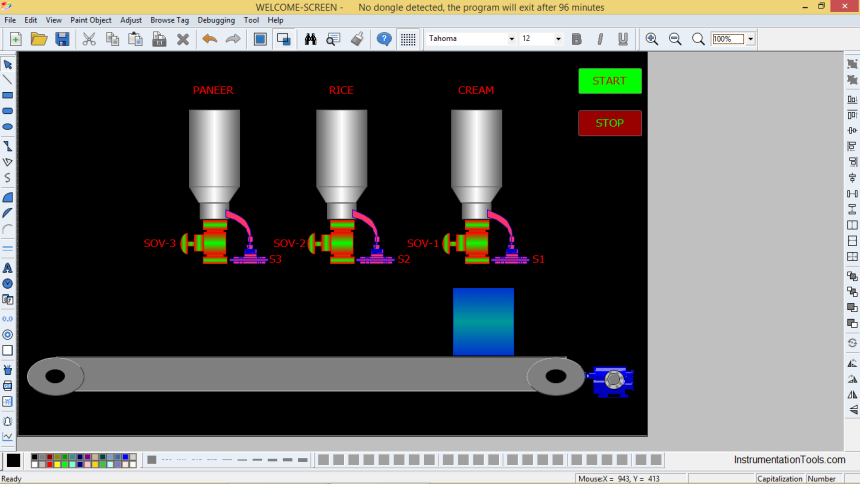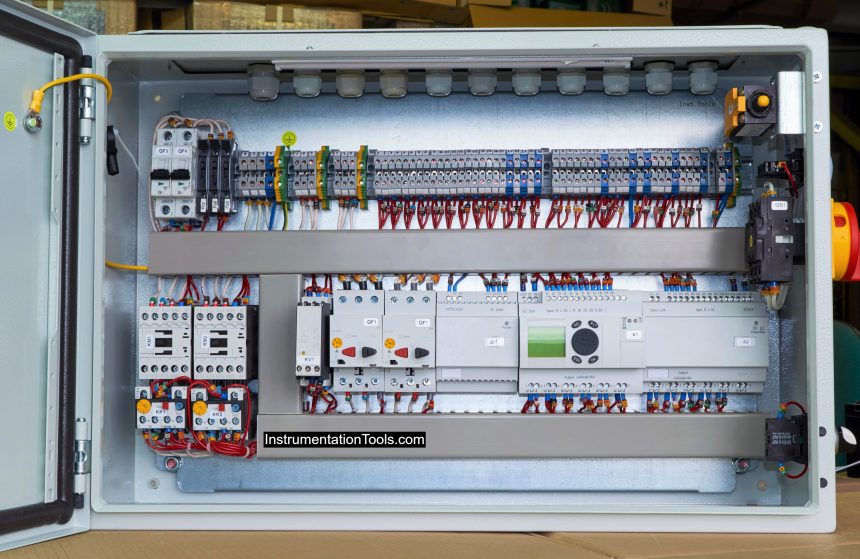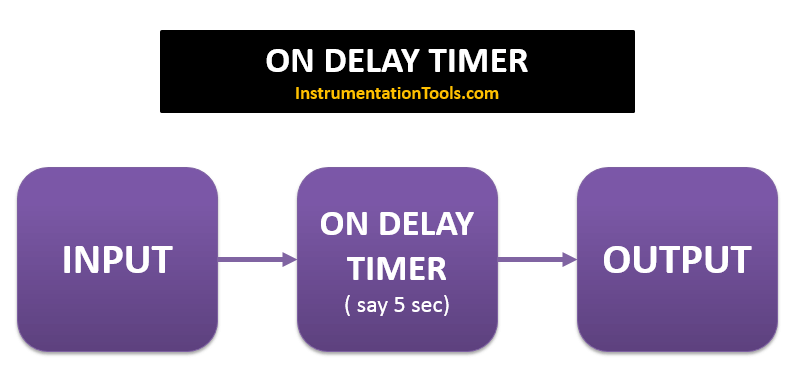#15 PLC Best Practices – Safe State when PLC Restarts
Define safe states for the process in case of PLC restarts (e.g., energize contacts, de-energize, keep the previous state).
#14 PLC Best Practices – Restrict Third-party Data Interfaces
Restrict the type of PLC connections and available data for third-party data interfaces in a programmable logic controller,
#13 PLC Best Practices – Disable Unused Communication Ports
Disable unused communication ports and protocols that are not required in PLC controllers and network interface modules.
#12 PLC Best Practices – Validate Inputs based on Physical Plausibility
Ensure operators can only input what’s practical or physically feasible in the process. Learn the PLC's best rules.
#11 PLC Best Practices – Instrument for Plausibility Checks
Instrument the process in a way that allows for plausibility checks by cross-checking different measurements.
#10 PLC Best Practices – Assign Register Blocks by Function
Assign designated register blocks for specific PLC functions in order to validate data and block unauthorized access to controller data.
#9 PLC Best Practices – Validate indirections
PLC best practices - Validate indirections by poisoning array ends to catch fence-post errors.
#8 PLC Best Practices – Validate HMI Input Variables at PLC Level
HMI access to PLC variables can be restricted to a valid operational value range but further cross-checks in the PLC should be added.
#7 PLC Best Practices – Validate and Alert for Paired Inputs/Outputs
Alarm the operator when input/output states occur that are physically not feasible. Validate and alert for paired inputs/outputs in PLC.
#6 PLC Best Practices – Validate Timers and Counters
If timers and counters values are written to the PLC program, they should be validated by the programmable logic controller.
